Kasuminasai-blog - I'm Just Here, My Dude
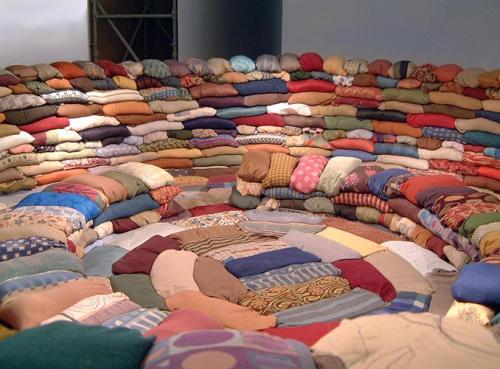
More Posts from Kasuminasai-blog and Others
how do you go on to drawing character interactions without them looking stiff or awkward?? whenever u draw characters like hugging and stuff they always feel so warm and natural n like they have weight!
FIRST THINGS FIRST: if you want characters to feel like they have weight, they gotta have balance.


The second thing is to use references!! Use a mirror or photos when you can, but I often use duckduckgo and just google stock images. I don't use pinterest, but I suppose that works. I find it way more helpful to look at lots of images of the same pose at all different angles than to try to reference one specific image.
People used to comment on web comics.
People used to comment on fanfiction.
People used to comment on fanart.
People used to comment on OCs.
I hate "content" culture.
I hate "consuming content" and scrolling immediately to the next thing.
People used to be excited about the art that other people created.
People used to want to share that excitement with creators.
I hate this future.
Coconut dogs
Am I getting a good grade in tumblr mutual?
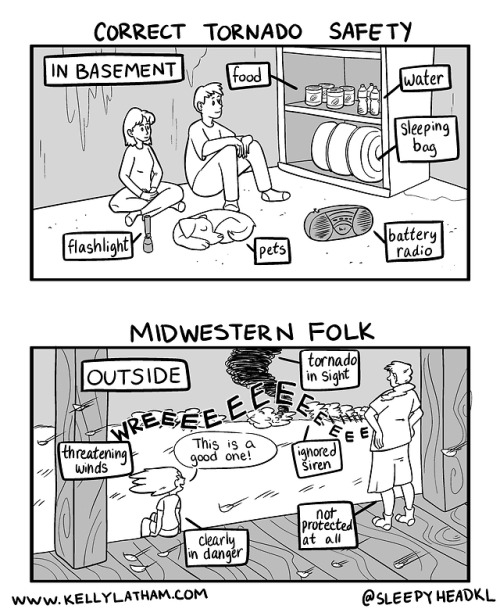
Tornado

sorry guys this blog is officially run by my rabbit, he claimed it as his own along with my computer. goodbye.
You can tell a lot about the health of a civilization by their warning signs. Places with a lot of dumb folks will have very broad, very dumb warnings in public. "No feeding the birds." "Stop swimming in this drainage pond." That kind of thing.
Advanced civilizations have very precise signs. They've covered the bases of their regular, run-of-the-mill idiots, and now they're working hard to cover that other end of the bell curve: the talented idiot. When I was in Germany last time, there was a big warning sign that consisted of a 76-letter-long word that means "stop bothering this particular goose, Sven." I don't know who Sven was, but the goose looked pretty calm. It worked.
Now, I have a secret to tell you. You can just make your own signs. There's no law against it, except perhaps "littering," and the municipal sign factory doesn't have very good security. If you show up there past close and put in the door code that you shoulder-surfed off one of the employees returning from lunch a week prior, you have all night to fuck around with their sign-printing machine, making the most official-looking placards you can think of.
Is this wrong? I don't think so. It's a public space, and being able to put up an aluminum sign that says wacky crank shit is your right. For instance, just last week, I banned pickup trucks from parking by the playground. The cops figured out something was going on, because they didn't get any calls for toddlers getting backed over for a couple of days and sent a patrol truck to investigate. Took my sign right down.
What I discovered after that is that nobody keeps records of what signs are supposed to be there. Why would anyone put up a sign for no reason? They cost money, after all. The city is now suing the shit out of that officer for stealing the "no trucks" sign, thanks to an anonymous tipster who called in the theft. Guy wearing a reflective vest came by and put like four more of them up after the lawsuit made the news, just out of spite. I'm not entirely sure if he's actually a city worker; we ran into each other at 3am at the sign factory and just grunted. He was working on some really crazy signs about not feeding a particular swan. Probably German.
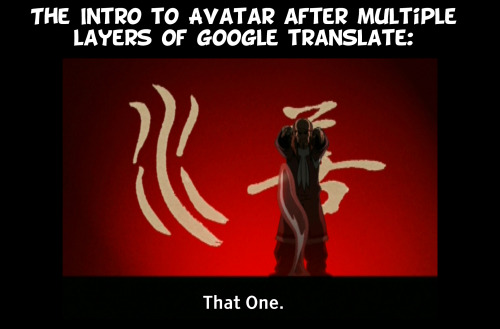
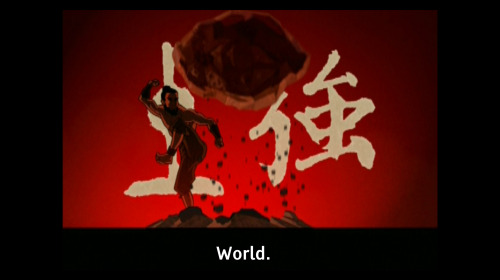
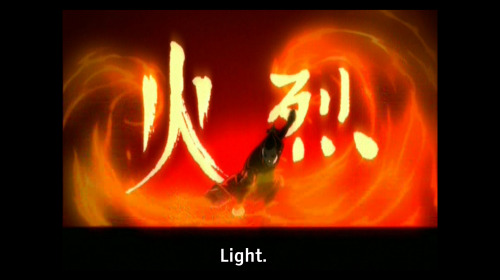
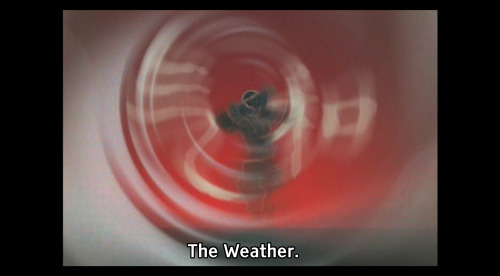
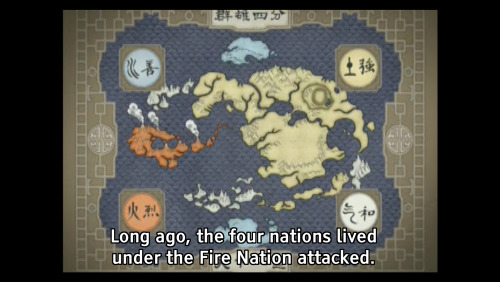
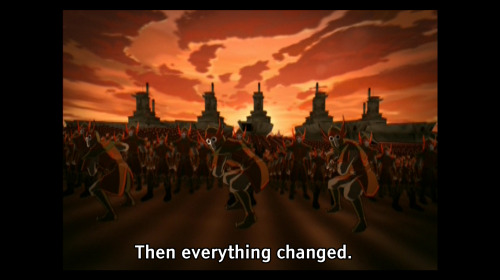
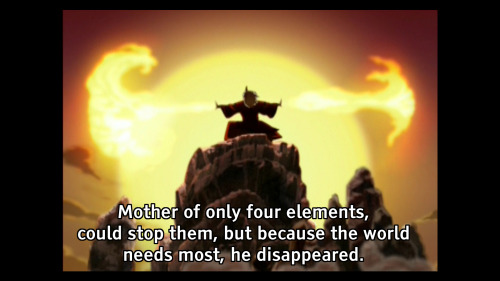
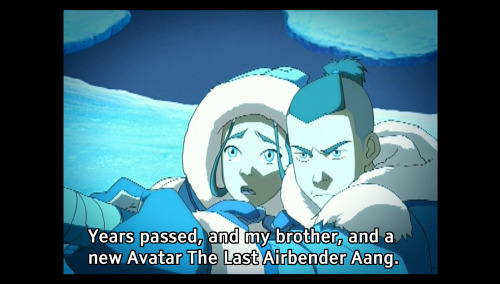
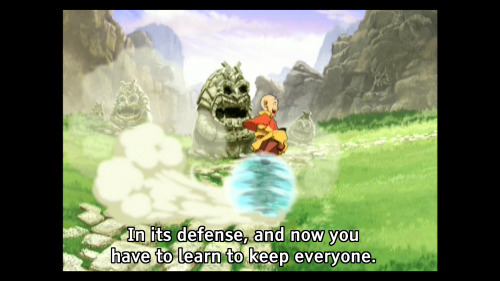
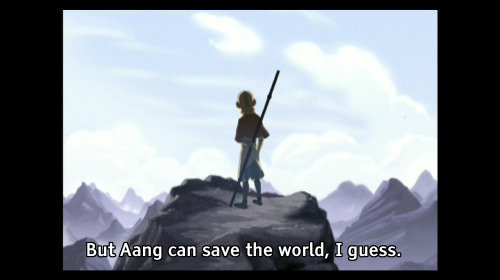
The intro to Avatar: The Last Airbender after putting it through multiple languages and then back into English via Google Translate.
not to be all i told you so about ancestry tests but 23 and me went bankrupt and can now legally sell human genetic information to the highest bidder, as per their privacy policy which was signed by approx. 15 million test takers
Writing Tip - How To Make Fight Scenes Interesting
More writing tips
So, when it comes to writing fight scenes, as I have done quite a few of them, there's some things I keep in mind.
Ensure Consistent Character Abilities: Characters should fight consistently throughout the scene. They shouldn’t magically become stronger or weaker without a clear reason. Consistency in their abilities helps maintain believability.
Avoid Making Heroes Invincible: I prefer not to portray heroes as invulnerable, as seen in many 80s action movies. Instead, I include moments where the hero gets hit, shows visible injuries, and shows fatigue. This makes them feel more human and improves the significance of their victories. It’s hard to create a sense of urgency if the characters don’t seem to be in real danger.
Portray Antagonists as Competent: I avoid depicting random cannon fodder as foolish by having them attack one at a time or easily get knocked out. Instead, I show them employing smart tactics such as ganging up on the hero and even getting back up after being knocked down.
Incorporate the Environment: Don’t forget to include the surroundings. Whether the fight takes place in a cramped alley, on a rain-soaked rooftop, or in a collapsing building, use the environment creatively. Characters can use objects as weapons, find cover, or struggle against challenging terrain.
Highlight Self-Inflicted Pain: Characters can hurt themselves just as much as their opponents. For instance, after landing a powerful right hook, a character might need to pause and shake off their hand in pain. This not only adds realism but also highlights the toll that fighting takes on the body.
Show Consequences After the Fight: Consider what happens after the battle concludes. Do injuries slow the hero down and limit their abilities for the rest of the story?
These are just a few tips for now. I am planning to release more tips on how I write my fight scenes with some examples included. See you then!
-
 starfader liked this · 1 month ago
starfader liked this · 1 month ago -
 gothnitsa reblogged this · 1 month ago
gothnitsa reblogged this · 1 month ago -
 gothnitsa liked this · 1 month ago
gothnitsa liked this · 1 month ago -
 peachykoii liked this · 1 month ago
peachykoii liked this · 1 month ago -
 dinodude500 liked this · 1 month ago
dinodude500 liked this · 1 month ago -
 ilikedyourablogithere reblogged this · 1 month ago
ilikedyourablogithere reblogged this · 1 month ago -
 also-jam1220-art liked this · 1 month ago
also-jam1220-art liked this · 1 month ago -
 yourfriendlyneighborhoodtranskid liked this · 1 month ago
yourfriendlyneighborhoodtranskid liked this · 1 month ago -
 dogwisefool reblogged this · 2 months ago
dogwisefool reblogged this · 2 months ago -
 akihitosslilspace liked this · 2 months ago
akihitosslilspace liked this · 2 months ago -
 deltaflowers reblogged this · 2 months ago
deltaflowers reblogged this · 2 months ago -
 the-twilight-witch liked this · 2 months ago
the-twilight-witch liked this · 2 months ago -
 minimapletree reblogged this · 2 months ago
minimapletree reblogged this · 2 months ago -
 minimapletree liked this · 2 months ago
minimapletree liked this · 2 months ago -
 silly-string-sys reblogged this · 2 months ago
silly-string-sys reblogged this · 2 months ago -
 sebbyyzz liked this · 2 months ago
sebbyyzz liked this · 2 months ago -
 misce-peaches reblogged this · 2 months ago
misce-peaches reblogged this · 2 months ago -
 disasterkids-jd liked this · 2 months ago
disasterkids-jd liked this · 2 months ago -
 potashiio liked this · 2 months ago
potashiio liked this · 2 months ago -
 themoonmoonfan reblogged this · 2 months ago
themoonmoonfan reblogged this · 2 months ago -
 themoonmoonfan liked this · 2 months ago
themoonmoonfan liked this · 2 months ago -
 sw087 reblogged this · 2 months ago
sw087 reblogged this · 2 months ago -
 sw087 liked this · 2 months ago
sw087 liked this · 2 months ago -
 animegirlsakurablr reblogged this · 2 months ago
animegirlsakurablr reblogged this · 2 months ago -
 millenniumcamcorder liked this · 2 months ago
millenniumcamcorder liked this · 2 months ago -
 fueledbystardust reblogged this · 2 months ago
fueledbystardust reblogged this · 2 months ago -
 goth-automaton reblogged this · 2 months ago
goth-automaton reblogged this · 2 months ago -
 goth-automaton liked this · 2 months ago
goth-automaton liked this · 2 months ago -
 completelycheeky reblogged this · 2 months ago
completelycheeky reblogged this · 2 months ago -
 kiyopa reblogged this · 2 months ago
kiyopa reblogged this · 2 months ago -
 shadowspirez reblogged this · 2 months ago
shadowspirez reblogged this · 2 months ago -
 shadowspirez liked this · 2 months ago
shadowspirez liked this · 2 months ago -
 whenitgrowsbright reblogged this · 2 months ago
whenitgrowsbright reblogged this · 2 months ago -
 the-one-void liked this · 2 months ago
the-one-void liked this · 2 months ago -
 cryptidmagpie-witch liked this · 2 months ago
cryptidmagpie-witch liked this · 2 months ago -
 underscorem3llow liked this · 2 months ago
underscorem3llow liked this · 2 months ago -
 sebastians-alterhuman-archive reblogged this · 2 months ago
sebastians-alterhuman-archive reblogged this · 2 months ago -
 apexhaven liked this · 2 months ago
apexhaven liked this · 2 months ago -
 nestinqomega reblogged this · 2 months ago
nestinqomega reblogged this · 2 months ago -
 strange-and-totally-cool-human reblogged this · 2 months ago
strange-and-totally-cool-human reblogged this · 2 months ago -
 strange-and-totally-cool-human reblogged this · 2 months ago
strange-and-totally-cool-human reblogged this · 2 months ago -
 strange-and-totally-cool-human liked this · 2 months ago
strange-and-totally-cool-human liked this · 2 months ago -
 himegyaruo liked this · 2 months ago
himegyaruo liked this · 2 months ago -
 thepagansystem reblogged this · 2 months ago
thepagansystem reblogged this · 2 months ago -
 thepagansystem liked this · 2 months ago
thepagansystem liked this · 2 months ago -
 littlefxng liked this · 2 months ago
littlefxng liked this · 2 months ago
